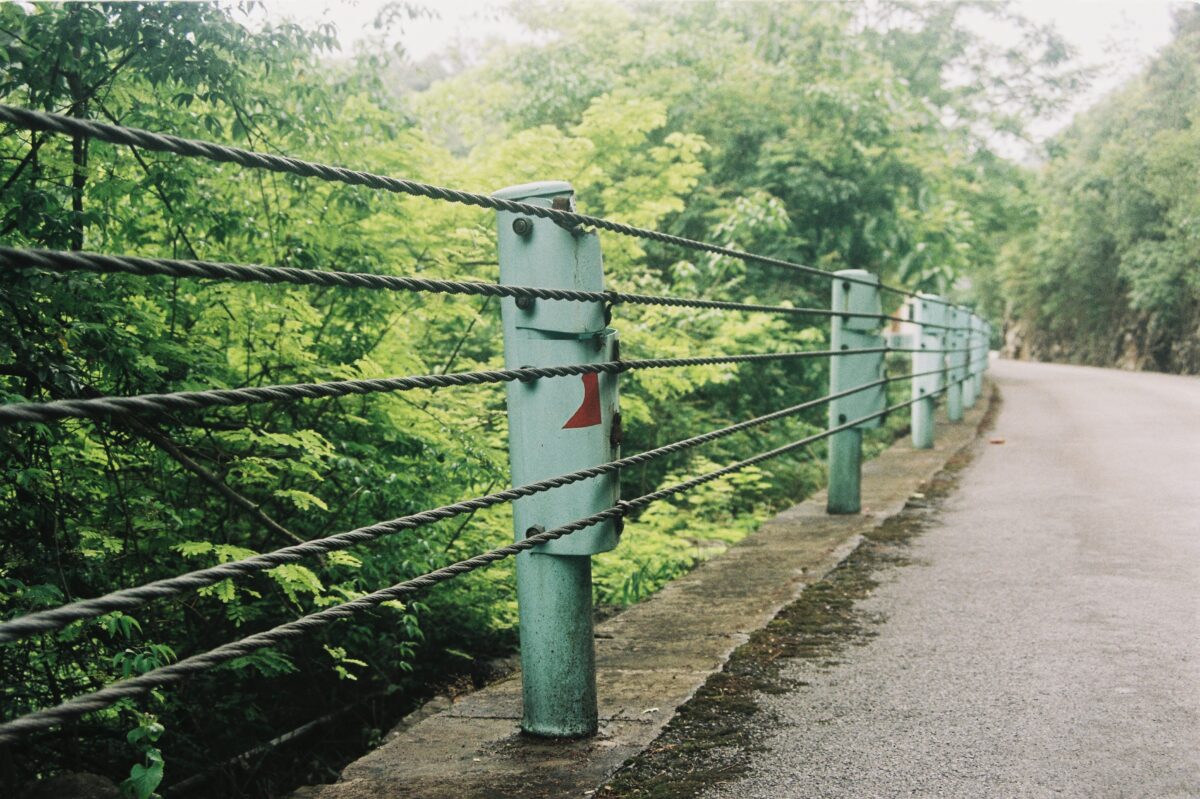Common Myths About Crash Barriers and Wire Rope Fencing

In this blog, we aim to dispel common myths surrounding these essential safety solutions. As a leading provider of crash barriers and wire rope fencing, we believe it is crucial to address misconceptions to ensure a better understanding of their benefits and functionalities. Let’s separate fact from fiction and shed light on the truth about crash barrier systems.
Myth #1: Crash barriers are only necessary on highways.
Reality: While crash barriers are commonly used on highways and roads, they are essential in various settings. They serve as protective barriers in parking lots, industrial facilities, bridges, and even within urban areas. Crash barriers enhance safety wherever there is a risk of vehicle collision or potential harm to pedestrians and property.
Myth #2: Wire rope fencing is not as secure as traditional fencing.
Reality: Wire rope fencing is a highly effective and secure fencing solution. The tightly woven steel cables offer excellent resistance against impact and intrusion. In fact, wire rope fencing is often preferred in high-security areas and critical infrastructure due to its ability to absorb energy during collisions.
Myth #3: Crash barriers are only useful for vehicle protection.
Reality: While crash barriers are primarily designed to protect vehicles and their occupants, they also play a significant role in protecting pedestrians and infrastructure. By effectively containing and redirecting vehicles during collisions, crash barriers prevent cars from veering off the road and into pedestrian areas or nearby structures.
Myth #4: Wire rope fencing is high-maintenance and prone to rust.
Reality: Wire rope fencing is built to withstand harsh weather conditions and is typically made from galvanised or coated steel, which significantly reduces the risk of rust and corrosion. Routine maintenance, such as cleaning and inspections, can ensure the longevity and performance of wire rope fencing without excessive upkeep.
Myth #5: Installing crash barriers is a costly and time-consuming process.
Reality: While crash barrier installation requires certified contractors, advancements in technology and installation techniques have made the process more efficient. Moreover, considering the life-saving potential and long-term benefits, investing in crash barriers is a cost-effective decision for infrastructure safety.
At McIntosh Fencing, we are committed to providing accurate information and quality-assured crash barriers and wire rope fencing. By debunking these common myths, we hope to promote a better understanding of the importance and benefits of these safety solutions. Crash barriers and wire rope fencing are essential components of any comprehensive safety plan, offering protection for vehicles, pedestrians, and infrastructure alike.
If you have any questions or need expert advice on selecting the right crash barriers or wire rope fencing for your specific needs, feel free to reach out to us today.
